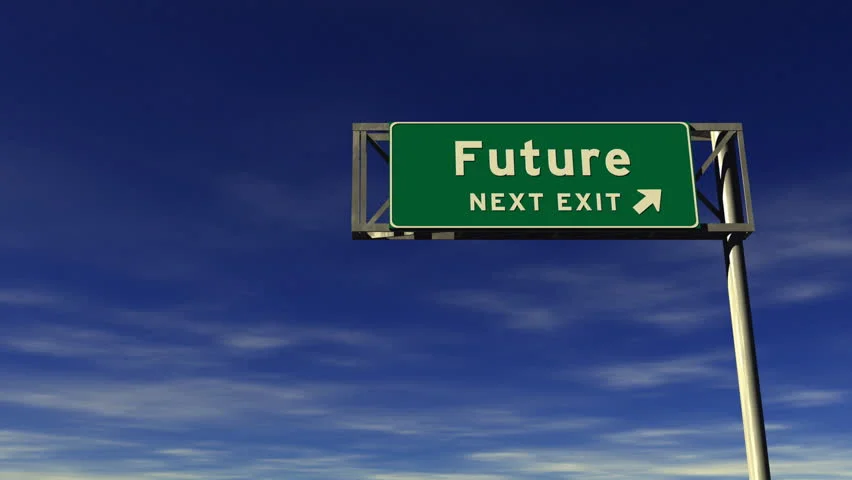Looking to The Future with Confidence
In a world where business is under more pressure than ever to perform economically, socially and philosophically, a custom designed, smart, tech-enabled workplace can be an important part of an ongoing strategic plan.
by stephen minnett
Many organisations have recognised that providing better accommodation for their people, whilst at the same time having a smaller real estate footprint, can produce greater innovation and therefore insure the business against an uncertain future.
To design a workplace of the future, a business needs to have a good understanding of how its current space is being used. While many organisations may know how much space they occupy and how many people this space supports, that simple metric is not much help in determining future requirements if the business is considering a more agile approach. Only through analysis, user studies and staff surveys can an understanding be developed as to how the current space is being used, benchmarked against industry averages and best practice.
Futurespace’s strategic arm, named Futurevision http://future-vision.com.au/ , has developed a set of proprietary tools in order to assess a client’s current environment in preparation for the future. One of these is the EWE or Existing Workplace Evaluation tool. Through a process of engagement, exploration and testing, a new workplace model can be developed that unlocks the organisation’s potential via a solution that is more flexible and agile.
In a recent example, our Futurevision team undertook an analysis of the space usage of a major global organisation’s usage across three commercial office towers in Sydney. The results showed that the average occupancy of these three buildings was only around 40%, with a peak occupancy rate reached of 67%. This meant that 33% of the space they were paying rent on, heating, cooling and maintaining from a facilities perspective was NEVER used. This is not an isolated example. The only restriction on the company’s better use of their own space was their ability to work in a more agile way.
‘Agile working’ is defined as work that utilises technology to enable choice of where, when and how people work.
Examples of agile working include working from home, utilising 3rd places, co-working spaces and activity based work (ABW). Once organisations break the paradigm of one fixed desk per person in one fixed location, the amount of space required becomes much more difficult to determine. At the same time, however, breaking this paradigm allows the business to develop a way of working more suited to its own people, culture and behaviours.
Technology also has a significant role to play in any agile scenario. At Futurespace we are finding that many organisations are very aware of the latest trends towards agile and ABW environments. However, they are facing a decision on their future space usage within a timeframe that means they won’t have the required technology in place to support agile working. So what do they do?
Firstly, if they do wish to move towards agility, they will need to have a technology plan in place that includes implementation timeframes. This will allow them to commit to less space initially, with the expectation that as people transition to more agility, staff growth may occur through greater utilisation of a fixed amount of space in the future.
In all of the above it is important to remember that agile working is fundamentally a human behaviour (enabled by technology) with the physical environment as the enabler. And that any new workplace can be “future-proofed” to enable a transition to more agile working.

